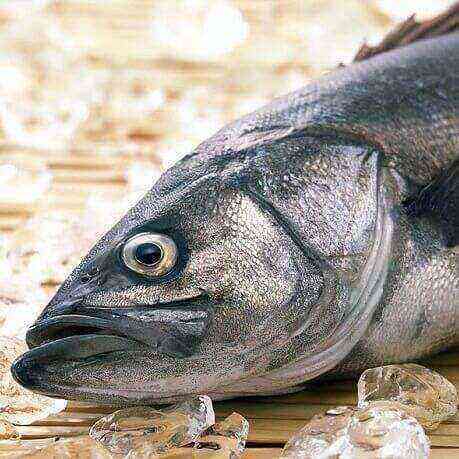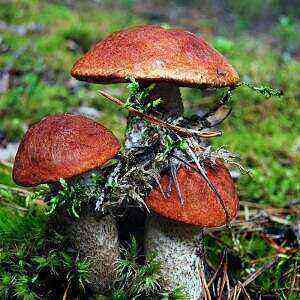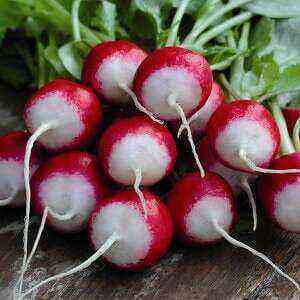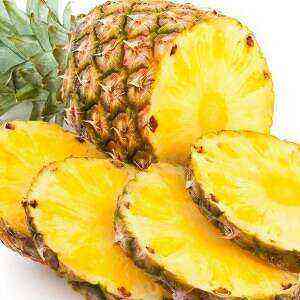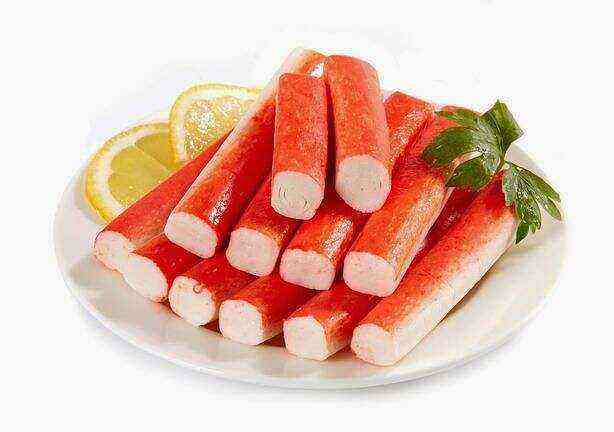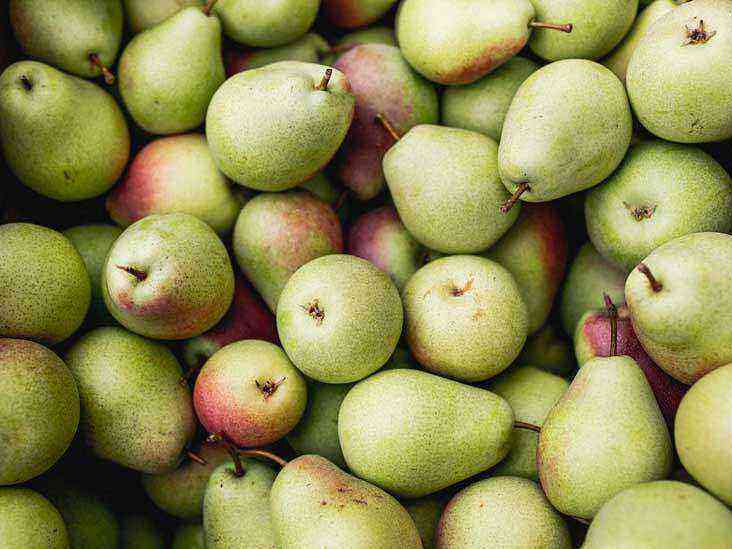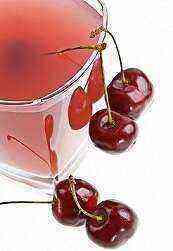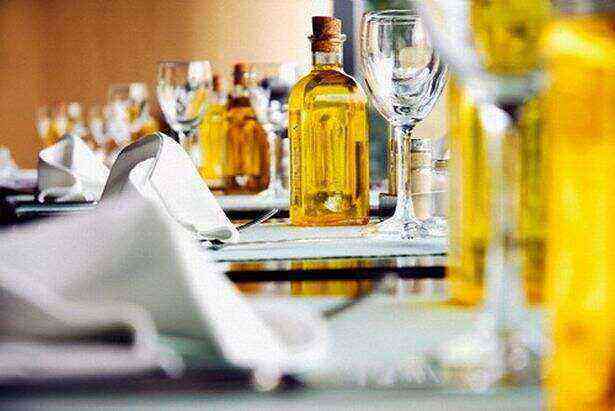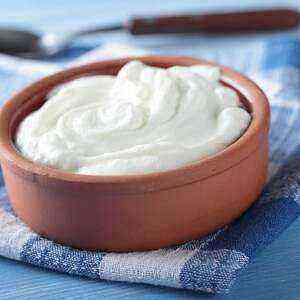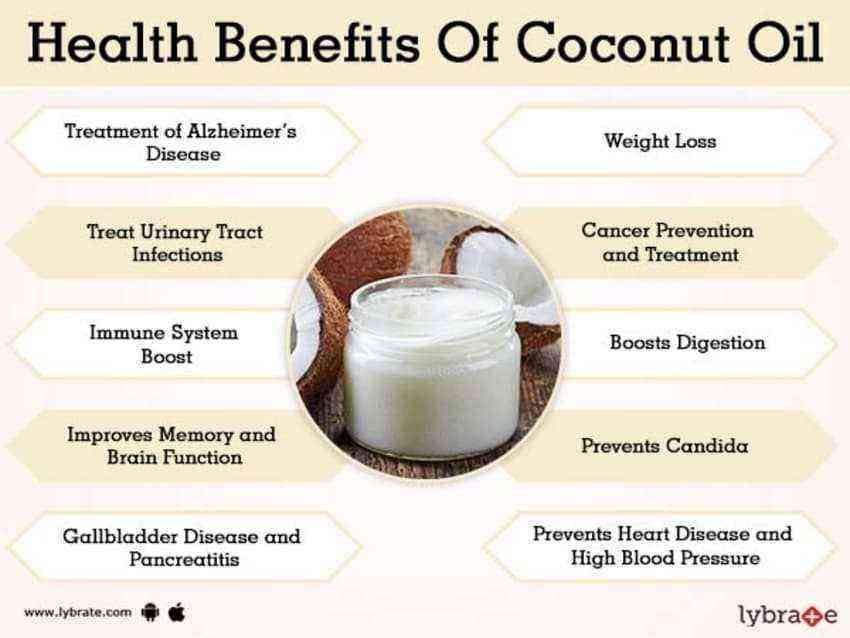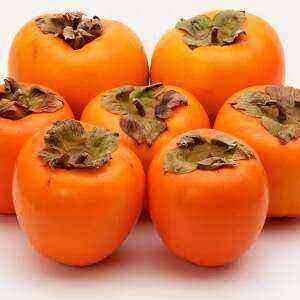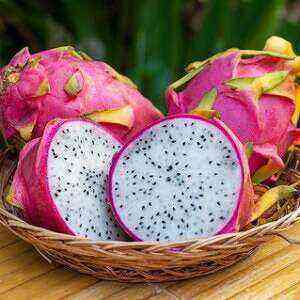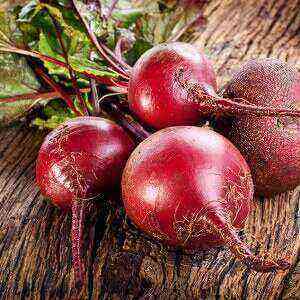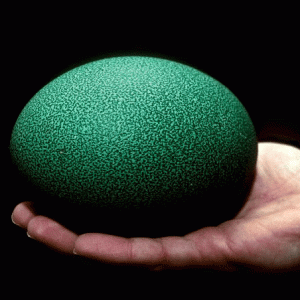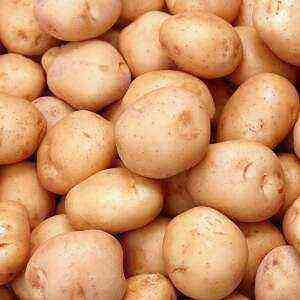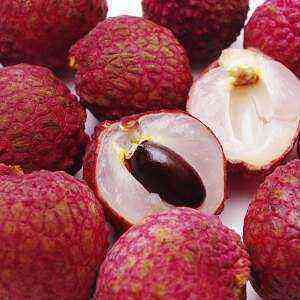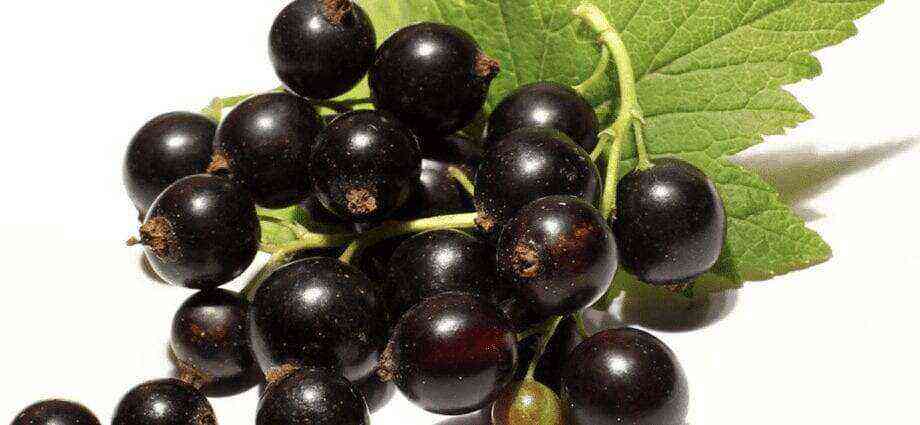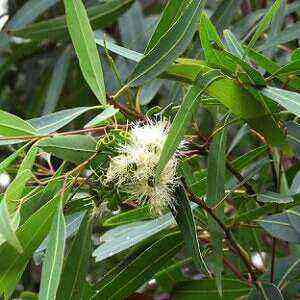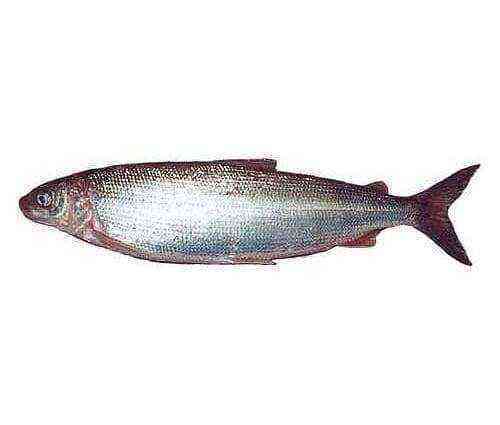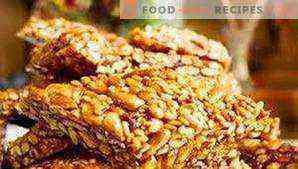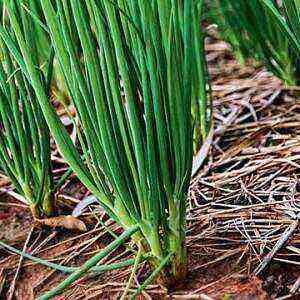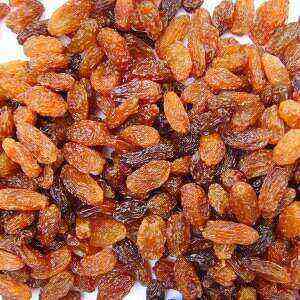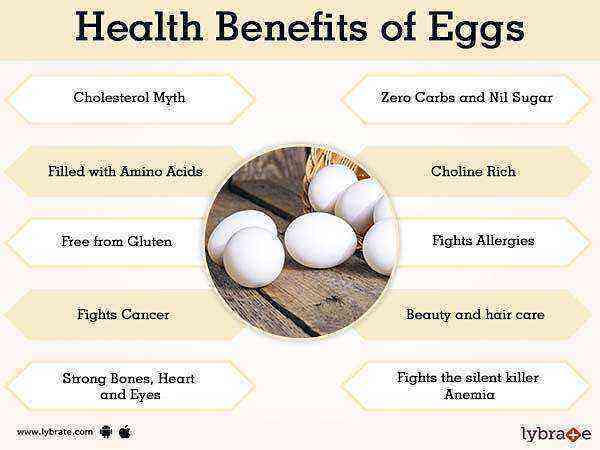
According to legend, the cream was invented back in the XNUMXth century by the head waiter of the Chantilly castle Francois Vatel, from where they got the unspoken name “Chantilly cream” The first dessert with the addition of tender milk fat was tried by Baroness Henrietta von Oberkirch, who remained partial to the airy nectar of the gods.
Cream is produced in different fat content: 8%, 10%, 20%, 25%, 35%. They contain 4,3% carbohydrates, 3,5% proteins, vitamins A, E, C, PP, B1, B2 and mineral salts. Due to its high fat content, the product is used in medical nutrition, the food industry (to create butter, sour cream), in cooking (to produce sweet dishes, mashed soups, sauces, confectionery).
Types
Depending on the method of processing raw materials, cream can be: pasteurized and sterilized. By consistency: canned, dry, drinkable, whipped.
Today, vegetable cream is on sale – a synthetic product, a substitute for natural, with a long shelf life (over six months). They include palm, palm kernel, coconut oils, sodium caseinate, stabilizers, emulsifiers, flavorings, acidity regulators, dyes. Such a chemical product does not provide value for the human body, and with regular use it can cause problems with the gastrointestinal tract, food allergies.
The article will focus exclusively on natural cream obtained from whole milk by separating the fat fraction. Depending on the type, their shelf life ranges from three days (pasteurized) to 4 months (sterilized).
Chemical composition
Energy value of 10% fat cream – 119 calories, 20% – 207 calories, 35% – 335 calories.
During sterilization, milk is heated to 130 degrees, as a result of which ascorbic acid is destroyed, and calcium and phosphorus change the chemical structure, which is not absorbed by the body. Therefore, the greatest value for a person is a fresh, pasteurized product that can be prepared independently at home.
With an increase in the fat content of the cream, the content of proteins and carbohydrates in them decreases.
Milk fat is made up of spherical particles. There are 3 billion such spheres in a milliliter of cream. The balls do not merge with each other, they are covered with a fatty membrane, inside which lecithin is concentrated, which combines with protein.
It is interesting that only 150 grams of cream is extracted from a liter of milk. The quality of the resulting product directly depends on the quality of the feedstock. Use only fresh, high-fat whole milk (preferably homemade).
Table number 1 “Nutritional value of cream 10%”
Components
Content in 100 grams of product
Pasteurized
Sterilized
Calories 119 calories 119 calories Water 82 grams 82,1 grams Carbohydrates 4,5 grams 4,4 grams Mono- and disaccharides 4,5 grams 4,4 grams Organic acids 0,2 grams 0,2 grams Lactose 4 grams – Proteins 2,7, 2,7 grams 3,442 grams Essential amino acids 1,4 grams 0,6 grams Ash 0,6 grams 3,152 grams Essential amino acids 1,67 grams 10 grams Fats 10 grams 0,03 grams Cholesterol 0,03 grams 5,8 grams Saturated fatty acids 5,8, 3,5 grams XNUMX grams Unsaturated fatty acids XNUMX grams –
Table No. 2 “Chemical composition of cream 10%”
Name
Nutrient content in 100 grams of product, milligrams
Pasteurized
Sterilized
Vitamins
Ascorbic acid (C) 0,5 – Pantothenic acid (B5) 0,34 – Tocopherol (E) 0,3 0,3 Riboflavin (B2) 0,1 0,1 Cyanocobalamin (B12) 0,0004 – Thiamine (B1) 0,03 0,02 Beta-carotene (A) 0,065 0,025 Nicotinic acid (PP) 0,9 0,9 Pyridoxine (B6) 0,04 – Biotin (H) 0,00338 – Folic acid (B9) 0,01 –
Macronutrients
Калий
124
124
Фосфор
83
83
Кальций
90
91
Хлор
76
–
Сера
27
27
Магний
10
10
Натрий
40
40
Trace Elements
Железо
0,1
0,1
Медь
0,022
–
Молибден
0,005
–
Фтор
0,017
–
Цинк
0,3
–
Марганец
0,003
–
Йод
0,009
–
Кобальт
0,0003
–
Селен
0,0004
–
The main advantage of the cream is a high content of phosphatides, which contain phosphoric acid and a nitrogenous base. When heated, the fatty shells of the milk product fractions are destroyed and the lecithin is converted into buttermilk.
In composition, phosphatides are close to fats, they decompose after whipping cream. Therefore, it is recommended not to heat them, but to use them freshly chilled.
Natural cream is healthier than butter, which is almost brought to the boiling point during the production process. For the manufacture of sauces, soups, milk mass is used with a fat content of up to 20%, for the preparation of cream, sour cream – over 20%.
Useful and harmful properties
Natural cream obtained from whole milk is a healthy, nutritious product for the human body. They are indicated for physical exhaustion, sudden weight loss, active mental activity, depression, nervous disorders.
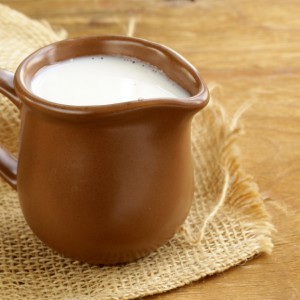
- They normalize the level of cholesterol in the blood, prevent the development of atherosclerosis.
- They slow down the absorption of harmful substances, remove toxins and toxins, neutralize the negative effects of chemical compounds on the body.
- Prevents senile dementia.
- Strengthens bones and teeth.
- They supply the body with energy, complex proteins (casein).
- Reduces the irritating effect of caffeine on the gastrointestinal mucous membranes.
- Protects tooth enamel from plaque fixation on the surface.
- Enhances the action of calcium. It is recommended to use them together with carrot juice, which improves the absorption of vitamins A and E.
Cream is well absorbed by the human body, does not require additional energy for digestion. The fat of a dairy product envelops the mucous membranes of the stomach and intestines, due to which it is indicated for use in diseases of the digestive tract. Cream contains the amino acid L-tryptophan, which suppresses cravings for simple carbohydrates, sugar.
Contraindications:
- obesity;
- atherosclerosis;
- liver disease;
- hypertension;
- slow metabolism;
- diseases of the cardiovascular system.
To avoid exacerbation of the disease, people with gastritis and stomach ulcers are advised to consume only fresh pasteurized product up to 20 grams at a time.
On the packaging of high-quality drinking cream, GOST R 52091 is indicated, which excludes vegetable fats in the product.
To test milk fat for naturalness, pour the mass into a glass, place in the refrigerator for 15 minutes. Then evaluate their appearance. The appearance of yellow spots on the surface indicates the presence of harmful vegetable fats in the composition. It is better to refuse the use of such a product. If nothing has changed after 15 minutes of the cream in the refrigerator, this is a quality product.
Interestingly, whipped milk fat retains airiness in cylinders due to nitrous oxide (N2O) in the composition.
Application

In addition, the dairy product is used in cosmetology to nourish, moisturize and soften the skin. “Creamy” masks saturate the dermis with vitamins B, A, C, magnesium, iron, potassium, sodium, give a healthy, radiant complexion. Milk fat is recommended for nourishing dry, flaky, aging skin.
Home production technology
To make cream, you need high-fat fresh milk. Pour it into a bowl and place in a cool, dark place. The fat on top is essentially homemade cream. Collect it every other day.
How to make drinking cream?
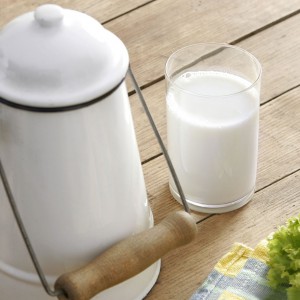
- milk – 200 milliliters;
- cold water – 50 milliliters;
- gelatin – 10 grams;
- powdered sugar – 1 grams;
- vanilla extract – 7 grams;
- a bowl;
- whisk;
- pan;
- mixer.
The sequence of the technological process:
- Combine gelatin and water in a saucepan, leave to swell for 10 minutes.
- Turn on the stove.
- Put the container with gelatin on the oven, heat the mass until the jelly-like balls are completely dissolved. Turn off the heat, cool the mass to room temperature. Add milk, whisk the ingredients until smooth.
- Add powdered sugar and vanilla to the mass, beat.
- Place the mixture in the refrigerator for an hour and a half, stir every 15 minutes.
- Beat the fragrant milk-gelatin mass with a hand mixer until thick. The finished cream resembles an airy cream.
After the cream has reached the desired consistency, stop whipping it. Excessive effort will result in a loss of airy texture and the fat will curl up.
To improve the taste, use the following types of sweeteners instead of powdered sugar: bastr, stevia, honey. Alternatively, try substituting vanilla for chocolate, lemon, cinnamon, or bacon. Nuts (macadamia, almonds, pecans, walnuts) will be an excellent addition.
Ground coffee will provide an invigorating effect to the cream, and cocoa will provide the chocolate taste. Add 30 grams of caffeinated powder to the milk fat before whipping.
To enhance the aroma, supply the mass with fresh herbs. Best of all are lavender, thyme, basil.
Note
Make sure you are using whole milk and not skim milk as the base before preparing the cream. Otherwise, the product of the desired quality will not turn out. It will be too liquid in consistency.
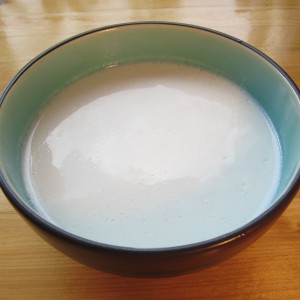
Viscous milk, in contrast to where the spheres managed to gather in heaps, gives less sludge. The reason for this phenomenon is an increase in the resistance (friction) of the fat globules when passing through the plasma. Heating accelerates the settling of the cream.
In the first 12 hours, the main mass of fat is formed on the surface of the milk, in the subsequent time it rises much less. It takes 20 – 36 hours to prepare the cream, depending on the selected settling method. It is interesting that all the fat from milk cannot rise to the top; a part of it remains in the plasma (from 0,5 to 1%).
The freshness of homemade cream is 36 hours (1,5 days). The product obtained “at the exit” has a high fat content (up to 40%) and energy value (up to 300 calories). At the same time, it retains all the beneficial nutrients of the dairy product. Homemade cream is easily absorbed by the human body, therefore it is recommended to include it in the diet of children and the elderly.
Milk fat obtained under industrial conditions can have a different percentage of fat content (8 – 55%), calorie content (100 – 400 calories).
Storage
The shelf life of sterilized cream reaches 4 months, pasteurized – 3 days. To keep the milk fat fresh, it is recommended to place it on a shelf near the freezer, where the temperature is coldest. An open can of cream is stored for 24 hours (day), quickly absorbs foreign odors, so it must be carefully corked.
If it is not possible to use the refrigerator, the dairy product is transferred to a glass container, placed near a container with cold water. To prevent the product from sour, it is recommended to put a horseradish leaf on it.
Conclusion
Cream is the top layer of fat that collects on the surface of the milk. They include protein (casein), fat-like substance (lecithin), minerals (calcium, fluorine, magnesium, potassium), free organic acids, vitamins A, C, B, PP.
Sterilization reduces the usefulness of the product, reduces the amount of nutrients in them (destroys ascorbic acid, promotes the formation of indigestible compounds by minerals), therefore, fresh pasteurized cream provides the greatest value to the human body. They protect blood vessels from cholesterol plaques, calm the nervous system, adsorb toxic substances, and enhance the production of the hormone of happiness – serotonin. The main condition is to use high-quality fresh cream in moderation – up to 100 grams per day.
